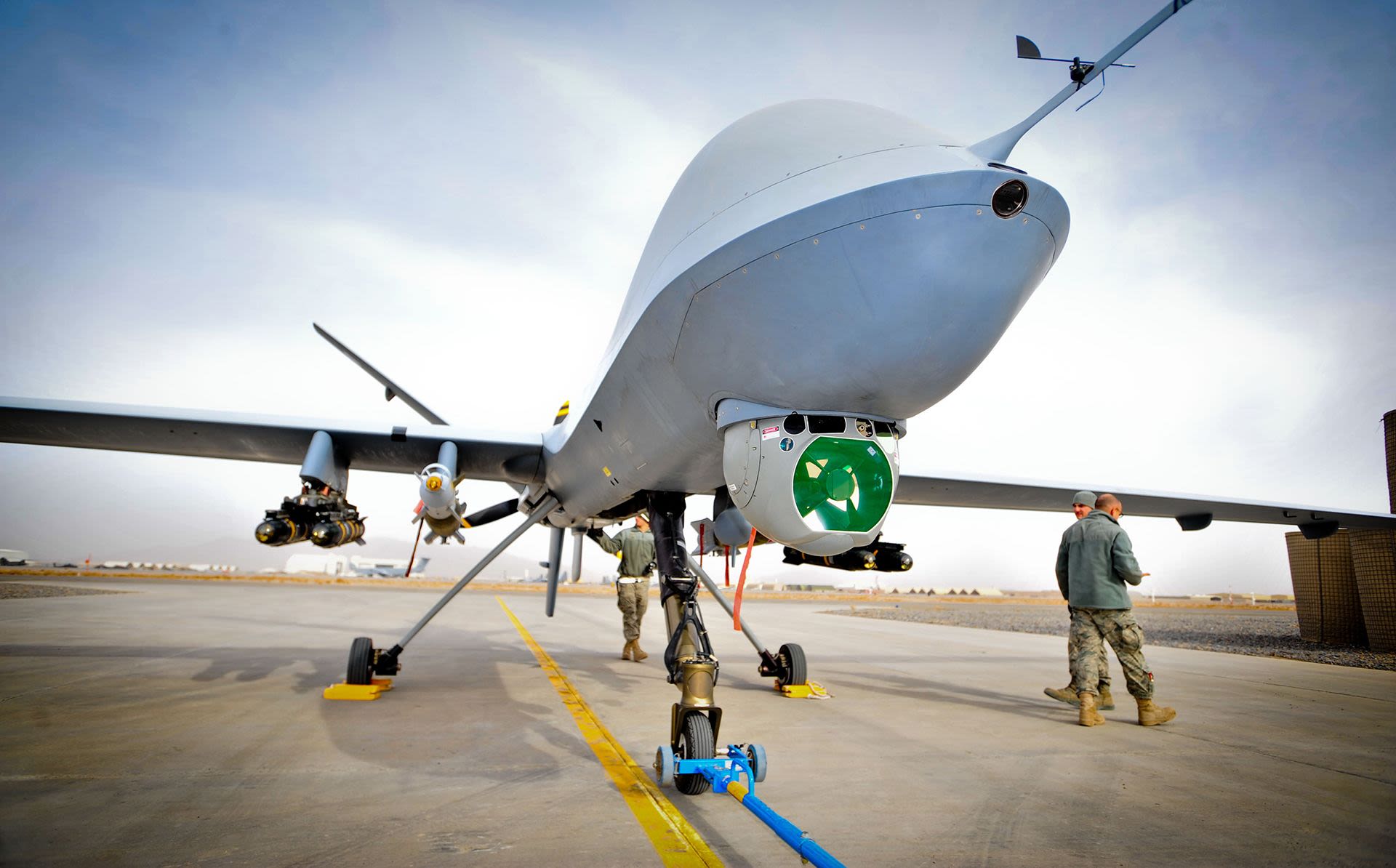Saving major costs on the design and UK entry to service of the F-35B Joint Strike Fighter
- Cranfield took on one of the major design challenges posed by jet-lift aircraft: the way in which lifting jets create a complex air flow
- An improved, more accurate design process — built on Cranfield’s insights into vertical or short take-off and landing (V/STOL) aircraft jet aerodynamics - led to a shortened flight test programme
- This led to savings of over £5 million and the development of an essential systems engineering assurance framework

Tens of millions of pounds were saved on the design of the fifth generation combat aircraft, the F-35B Lightning (Joint Strike Fighter), due to Cranfield’s research.
Modern aircraft design cycles take more than 20 years from initial concept to service entry — meaning every research insight that solves problems and saves time is hugely valuable. In the case of the F-35B Lightning, Cranfield’s work on vertical or short take-off and landing (V/STOL) aircraft applications meant better design decisions, improved safety, cost savings, and allowed for earlier airworthiness clearance by UK operators.
The F-35B is a core combat aircraft for the US and other NATO members and is expected to remain in service until 2070.

Tens of millions of pounds were saved on the design of the F-35B Lightning (Joint Strike Fighter).

Jet-lift aerodynamics
Cranfield took on one of the major design challenges posed by jet-lift aircraft: the way in which lifting jets create a complex air flow, leading to a significant download on the airframe. This problem is made worse by the phenomenon of the ‘wall jet’, caused by the lift jets hitting the ground and spreading. This increases the download, and in a head-wind can form an unsteady horseshoe-shaped ground vortex around the aircraft; in turn, this carries the hot exhaust gases towards the engine intakes.
These aerodynamic issues were especially important to the design of the new F-35B because of its planned reliance on even more energetic jet flows compared with legacy aircraft.
Drawing on more than 20 years of work on jet flowfields, the Cranfield team identified some key characteristics of the ground vortex and wall jet. This included how the location of the vortex changes according to different situations; the effects of changing the angle of the jets; how wall jets grow in thickness; the flow-fields produced by jets impinging on each other; and, significantly, how raising the height of the jet nozzle slows the growth rate of a wall jet. Another focus of the research has been on understanding the unsteady nature and particular features of the ground vortex, along with the ‘fountain upwash flow’ produced by the impinging jets coming together.

Cranfield took on one of the major design challenges posed by jet-lift aircraft: the way in which lifting jets create a complex air flow, leading to a significant download on the airframe.

Getting the F-35B into service: faster and with lower costs
Designing a new V/STOL Joint Strike Fighter — a supersonic, multi-role combat aircraft capable of carrying out air-to-air, air-to-surface, surveillance and electronic warfare missions simultaneously — was a hugely complex process involving a host of international partners across 13 countries. Even a straightforward flight test programme costs many hundreds of millions of pounds, which can be multiplied many-fold by poor design decisions.
An improved, more accurate design process — built on Cranfield’s insights into vertical or short take-off and landing (V/STOL) aircraft jet aerodynamics — led to a shortened flight test programme. For example:
• research data on the ground vortex allowed results to be corrected without the need for an expensive ‘moving ground’ simulation as part of the wind tunnel test programme, saving at least £4 million;
• the ability to do separate jet and intake testing, underpinned by Cranfield’s results, led to savings of around £1 million and further enhanced confidence in the validity of designs;
• data on wall jet development were used by BAE Systems to predict safe operating conditions for ground personnel in the vicinity of a V/STOL aircraft, which enabled a less restrictive operating ‘envelope’ (in terms of the size of the exclusion zone around the aircraft that ground personnel need to keep to);
• UK forces have had the evidence needed to adopt the use of shipborne rolling vertical landing (SRVL) for operations with the F-35B; this means an increased ‘bringback’ capability, reducing the need for aircraft to jettison unused payload (increasing force effectiveness and saving many tens of millions of pounds over the lifetime of the aircraft);
• Cranfield’s work provided the essential systems engineering assurance framework— critical for dealing with the inconsistencies between US and UK socio-technical policies and technical standards - needed to allow the Ministry of Defence to go ahead with F-35B testing and operations following its acquisition of the aircraft;
• specialist knowledge on the V/STOL jet aircraft design process was shared via continuing professional development courses for engineers and project managers from industry and government agencies in the UK and the US.

Even a straightforward flight test programme costs many hundreds of millions of pounds, which can be multiplied many-fold by poor design decisions.

Defence and Security
Cranfield is one of the world’s leading universities for defence and security education, research and consultancy. Our academics’ expertise ranges from energetics and forensic sciences to international stabilisation and cyber security.

Cookies & Privacy
We use cookies when you visit this website to analyse the web traffic, to optimise the performance and content of the website and to promote trust and security. Cookies are small text files that are stored by your Internet browser on your computer. These cookies do not include any personal information, they are only used for the duration of your web session to improve your experience. Please visit our Privacy policy (link below) for data processing details.
